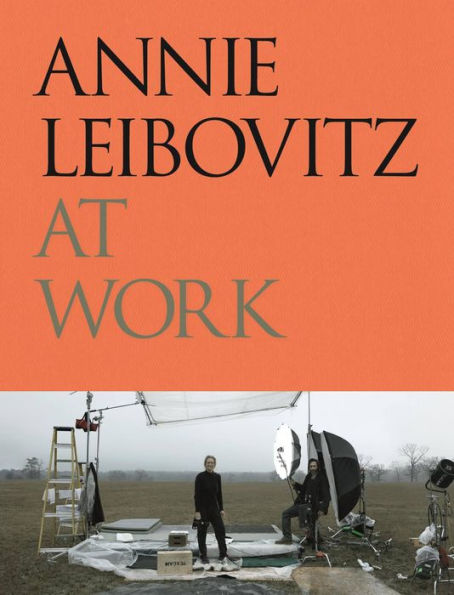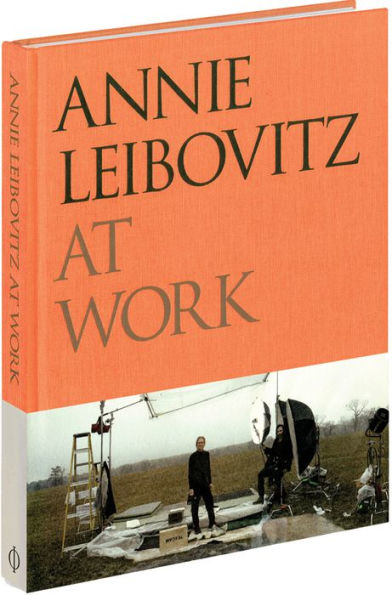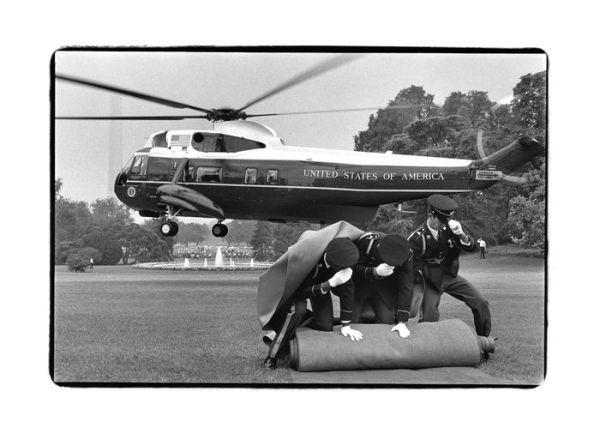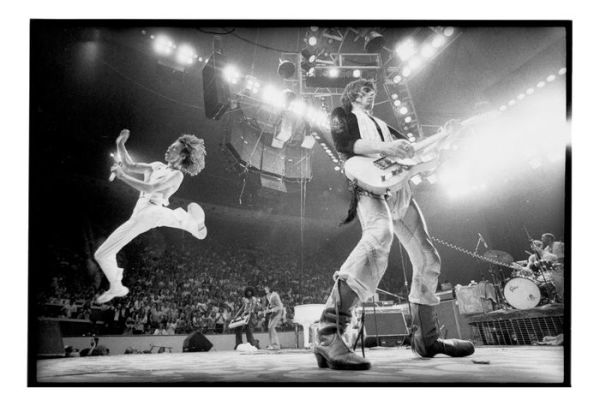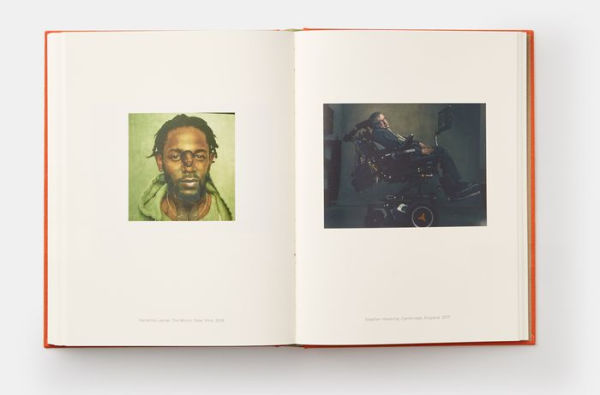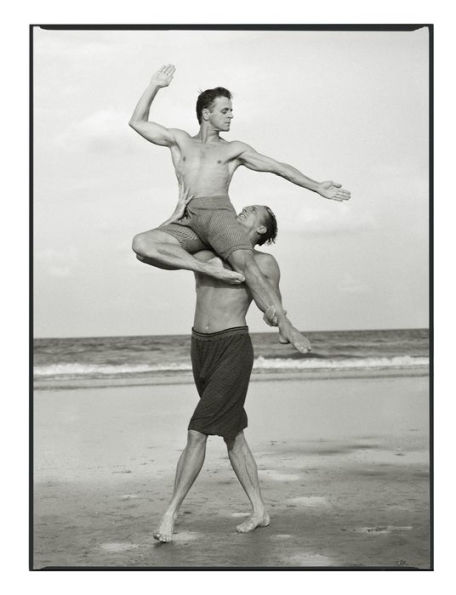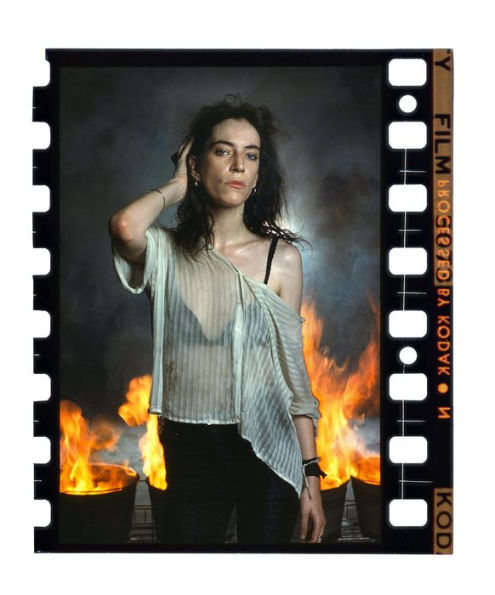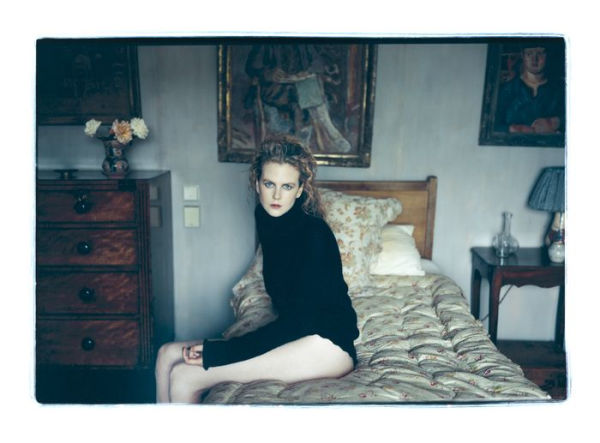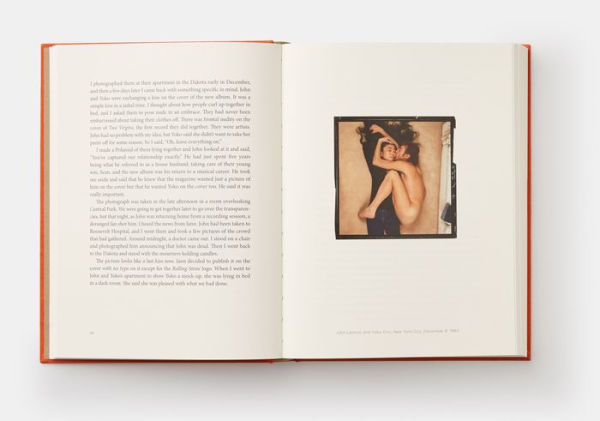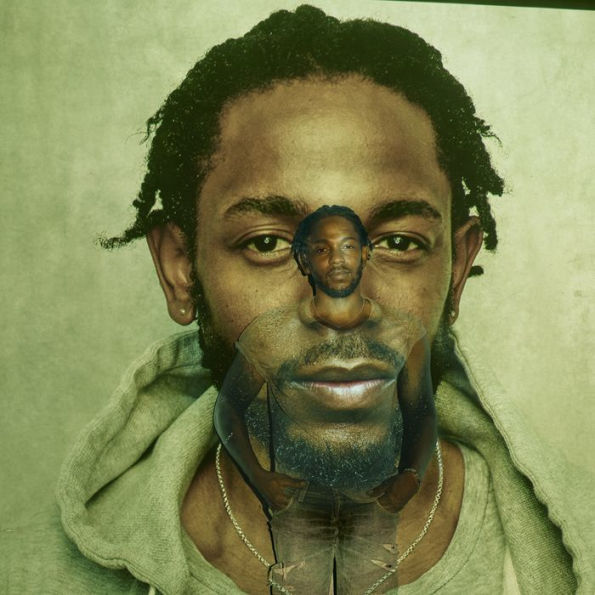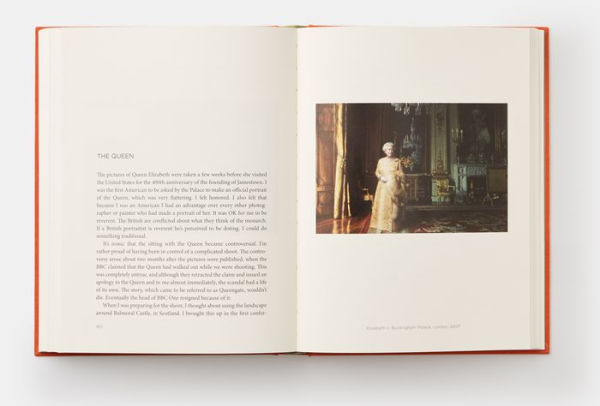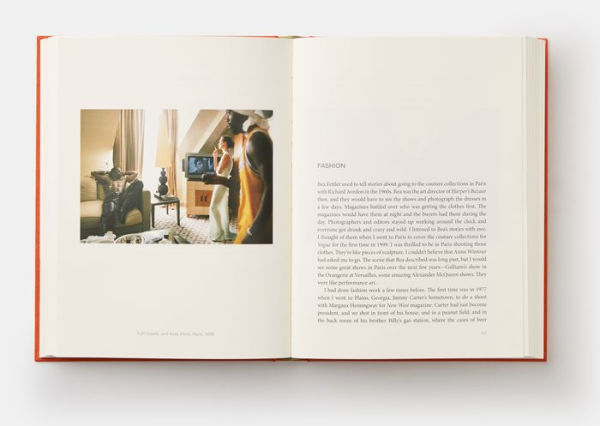Read an Excerpt
PROLOGUE
When I was young and just starting out as a photographer, I worked for Rolling Stone, which was then a small magazine published in San Francisco. It was devoted mostly to rock and roll. I didn’t actually know much about rock and roll, but I was grateful to be able to take pictures and see them published. It didn’t matter what the subject was. What mattered was photography. Being a photographer was my life. I took pictures all the time, and pretty much everything I photographed seemed interesting. Every single time I went out to take a picture was different. The circumstances were different. The place was different. The dynamics were different. Every single time. You never knew what was going to unfold.
Years before it ever occurred to me that one could have a life as a photographer, I had become accustomed to looking at the world through a frame. The frame was the window of our family’s car as we traveled from one military base to another. My father was a career Air Force officer, and whenever he was transferred, which was often, our family of six kids would pile in the back of the station wagon and my mom and dad would just drive, nonstop. We didn’t have any money, so motels were pretty much out of the question. I remember driving from Fairbanks, Alaska, to Fort Worth, Texas. Our luggage was piled on top of the station wagon, and a set of moose antlers was in front of the luggage. We stopped only once, in Anaheim, to see Disneyland. The Disneyland people let us park right in front of the entrance.
I was a third-year student at the San Francisco Art Institute when my pictures began appearing in Rolling Stone. I had enrolled there as a painting major in the fall of 1967. My father was by then stationed in the Philippines, at Clark Air Base, the largest American military base overseas. It was the main support base for soldiers coming in and out of Vietnam. During the summer after my freshman year, while I was staying with my family at the base, I visited Japan with my mother and some of my brothers and sisters.
I bought my first real camera in Japan, a Minolta SR-T 101. The first thing I did with it was take it on a climb up Mt. Fuji.
Climbing Mt. Fuji is something every Japanese does at some point, but it’s harder than you might think. I was young, and I started up the mountain fast. I didn’t know about pacing. My brother Phil was even younger–he was thirteen–and he ran ahead of me. Phil disappeared. The camera felt like it weighed a ton. It was awkward. It got heavier the higher we went. After a while I was pretty sure I wasn’t going to make it, but just then a group of elderly Japanese women in dark robes came marching along in single file. They were chanting in an encouraging way and I fell in behind them. We passed Phil at the seventh way station. He was lying flat on his back.
When you climb Mt. Fuji you stay overnight at the eighth way station and get up in the morning so that you can reach the top at sunrise. It’s a glorious moment. Spiritually significant. When I got to the top I realized that the only film I had was the roll in the camera. I hadn’t thought much about the film situation. I photographed the sunrise with the two or three frames I had left.
I took this, my first experience with a camera on the road, or path, as a lesson in determination and moderation, although it would be fair to ask if I took the moderation part to heart. But it certainly was a lesson in respecting your camera. If I was going to live with this thing, I was going to have to think about what that meant. There weren’t going to be any pictures without it.
That summer, I took pictures around the base and developed the film in the base hobby shop. When I went back to the San Francisco Art Institute I signed up for a night class in photography. The following summer, I took a photography workshop, and that’s when I decided that this was what I wanted to do. Photography suited me. I was a young and unformed person and I was impatient. Photography seemed like a faster medium than painting. Painting was isolating. Photography took me outside and helped socialize me. I felt at home in the rooms where the photography students worked. There were a lot of angry abstract expressionists in the painting studios. I wasn’t ready for abstraction. I wanted reality.
We were taught that the most important thing a young photographer can do is learn how to see. It wasn’t about the equipment we were using. I don’t remember being taught any technique. A camera was only a box that recorded an image. We learned to compose, to frame, to fill the negative, to fit everything we saw into the camera’s rectangle. We were never to crop our pictures. We went out every morning and took pictures and developed them in the darkroom the same day. Since the prints were washed in communal trays and everybody’s pictures were lying there with everybody else’s, you tried hard to come back with something good. In the evening we would sit around and discuss our work. We were a community of artists.
Henri Cartier-Bresson and Robert Frank were our heroes. The World of Henri Cartier-Bresson had just been published, and I remember looking at that book and realizing what it meant to be a photographer. The camera gave you a license to go out alone into the world with a purpose. Robert Frank was probably the most influential figure among the photography students. A new edition of The Americans had also just been published, and I fell in love with the idea of working like Robert Frank. Driving around in a car and taking pictures. Looking for stories. Danny Lyon’s book about motorcycle gangs, The Bikeriders, was another important book at the time. Lyon was not much older than we were and he had lived with the bikers he photographed, gotten close to them. It was this style of personal reportage, shot in black and white with a 35mm camera, that we adopted.
In retrospect, there are two photographs that represent the way I wanted to work–the romance of the process. One is the last photograph in The Americans. Robert Frank’s wife and two small children are in the front seat of their car. It’s dawn. They’re parked across from a truck stop in Texas. You can imagine that they’ve been driving all night. The picture is from one of the trips Frank took across the United States, making a record of the country as if, as he put it, he were someone who was seeing it for the first time. The other photograph is a picture of Irving Penn’s portable natural-light studio. It was taken by his assistant in 1967 on a desolate plain in Nepal. The studio is a big rectangular tent partially supported by ropes pegged into the ground. Penn’s truck is parked in back of it. This was the studio Penn took on his expeditions to remote places. He used it to photograph the Mud Men of New Guinea and the Quechua Indians in the Andes and tribesmen in Morocco.
In the fall of 1969, I took my camera with me to Israel, where I worked on a kibbutz and studied Hebrew. I thought about staying there. The Vietnam War was at its height, and it was a confusing time to be a young American. It seemed particularly confusing to me, personally. I was a member of the generation that was most vocally opposed to the war, and yet I felt that I should be loyal to my father, who was going in and out of Vietnam on missions. It became apparent pretty soon, however, that becoming an expatriate wasn’t going to solve anything. I had a home and a country. At the beginning of the year I went back to the San Francisco Art Institute and began printing my pictures from Israel in the school darkroom and going out every morning to take more pictures.
The scale and violence of the protests against the war had increased while I was away. In the spring of 1970, students went on strike to protest the invasion of Cambodia. The ROTC building at Kent State University in Ohio was burned down, and National Guardsmen fired into a crowd of students, killing four of them. I had taken pictures of antiwar rallies in San Francisco and Berkeley, and my boyfriend persuaded me to take them to the art director of Rolling Stone, along with my pictures from Israel. One of the pictures of a demonstration at City Hall was used for the cover of a special issue of the magazine devoted to campus riots and protests. It was the beginning of my career. Seeing that image on the newsstand is a moment that will stay with me forever.
By the summer between my junior and senior years at the art institute I had traded my Minolta in for a Nikon, the camera of choice for professional photographers in the late sixties and early seventies. The Nikon had a really sharp 35mm lens. A free-flowing, beautiful lens. During the early years at the magazine, when I thought of myself more as a photojournalist than a portraitist, I usually carried three cameras on assignments. I didn’t want to lose time changing lenses. I would take a 35mm lens, a 55, and a 105. A 35mm lens provides a perspective close to what the human eye sees, and it was my lens of choice. The 55 was considered a “normal” lens, very classic, simple, and noninterfering. The 105 was on a body with a meter and I could use it for light readings. Zoom lenses were not really an option then. They weren’t made very well. When you saw a photographer with a zoom lens on his camera you didn’t take him seriously.
In the early years at Rolling Stone, the art department thought nothing of cropping photographs or cutting them up and making collages. Or running them very small. The editors were more interested in the text than in pictures. I took it almost as a personal triumph in 1976 when the magazine devoted a whole issue to Richard Avedon’s portraits of people he considered to be at the center of power in America. They had asked Avedon to cover the presidential elections that year–Jimmy Carter was running against Gerald Ford–but he wanted to do something more ambitious, and they let him. They published seventy-three pictures in a portfolio called “The Family.” There were portraits of Henry Kissinger; Rose Kennedy; the Joint Chiefs of Staff; Ralph Nader; Ronald Reagan; the investigative journalist I. F. Stone; and Rose Mary Woods, Nixon’s secretary, who claimed to have accidentally erased several minutes of taped conversations about Watergate.
“The Family” showed how the power of photography and the power of a magazine can be harnessed together. A magazine is a blank canvas. One rarely gets the opportunity to use it to the extent Avedon did in 1976, but if you work for a magazine you’re always thinking of the possibilities. Avedon knew what the potential was and he ran with it. Rolling Stone was probably the only place he could have done that then. It was a relatively young magazine. Flexible. At the time, it was published in a tabloid size, almost the size of the old Life magazine. Avedon’s pictures were in stark black and white, and they reproduced well on newsprint.
Avedon was the preeminent magazine photographer of his time. I knew his work because I studied the fashion magazines that were sold on certain newsstands in San Francisco and Los Angeles. I wasn’t interested in fashion, but I would stand in front of the newsstand on Las Palmas, near Musso & Frank, in L.A., for hours, looking at magazines published in New York and London and Paris and Rome.
Around this time I was contacted by Bea Feitler, who was working with Avedon and other photographers in New York. Bea had been an art director at Harper’s Bazaar in the sixties, following in the footsteps of the legendary art directors Alexey Brodovitch and Marvin Israel. Marvin was Bea’s teacher at the Parsons School of Design and he brought her to the magazine when she was only twenty-three. Marvin left two years later, and Bea and Ruth Ansel, another young designer, took his job. Bea knew what a good photograph was. What a good story was. Bea and Ruth were one of Diane Arbus’s principal sources of assignments. When I met Bea she was the art director of Ms. magazine and was calling to ask me to do some work for them. We photographed Lily Tomlin with hair from my hairbrush glued to her armpit. That one didn’t get past the editorial committee at Ms. Bea also designed dance posters for Alvin Ailey and worked with Boris Kochno on his book Diaghilev and the Ballets Russes and with Helmut Newton on White Women. She had eclectic tastes.
Bea and Avedon had edited a collection of Jacques-Henri Lartigue’s photographs of his family and friends that they titled Diary of a Century. They included pages from Lartigue’s handwritten diaries, drawings, and quirky pictures of his life in France, starting in 1904. Diary of a Century became my favorite photography book. When Bea told me that she and Avedon had made it up, I was disappointed, although I realize that what she meant is that they had collected Lartigue’s material in a way that told a story. They had figured out a way to present it.
Bea taught me a great deal about presentation, but probably the most important thing she taught me was to edit my photographs and to be involved in the way they were used. I had started out as a young photographer schooled in the fine arts. You took a photograph when you felt moved to. But now I was working at a magazine, with an art director, and editors, and writers. I had to learn to make the most of an assignment. To use the magazine to my advantage. I had the nagging feeling that magazines were the wrong road, that working for one was selling out, but feeling guilty is not a bad thing. You should always question what you do. Sometimes I thought that I couldn’t be doing anything better than publishing pictures in a magazine. It was such a powerful vehicle for them.
The people I worked with at Rolling Stone in those early years didn’t tell me what to do. It never occurred to them. Most of the time I could respond to what was happening without preconceptions or an agenda. I was never thinking about the magazine when I was on the road. I was in the thick of it, and I made my own decisions based on what was possible. Things happen in front of you. That’s perhaps the most wonderful and mysterious aspect of photography. It seemed like you just had to decide when and where to aim the camera. The process was linear and it never stopped. That’s still true, although I’ve traded in my need for always taking pictures. I can let them go by sometimes now and just be there.
















